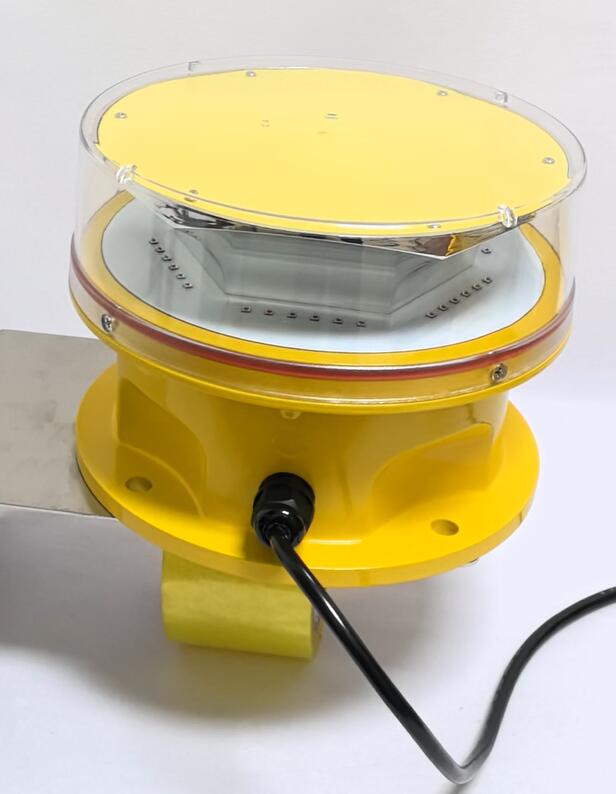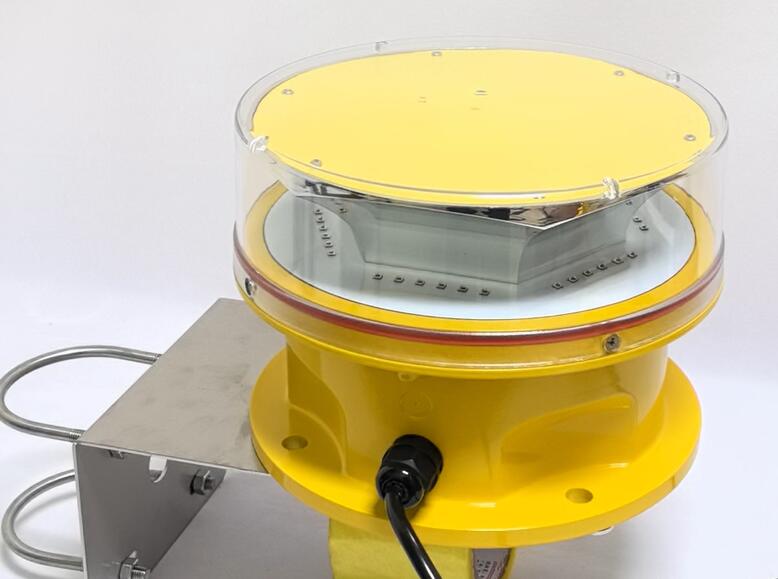Aviation warning lights are of paramount importance in the realm of aviation. These lights are not just a visual accessory but a crucial safety feature that helps prevent potential disasters.
The primary purpose of aviation warning lights is to make aircraft and various aviation-related structures highly visible to all relevant parties. They act as a clear indication of the presence and location of an object in the airspace.

When it comes to aircraft, these lights are strategically placed to ensure that they are easily detectable by other pilots. This is especially vital during night flights or in adverse weather conditions when visibility is reduced. For example, the red flashing lights on the wingtips and the tail of an airplane are essential for other pilots to identify its position and direction of movement.
| tgg | abb |
| tgb | 864 |
Not only are aviation warning lights important for aircraft themselves, but they are also indispensable for structures on the ground or in the air that could pose a threat to aviation safety. Tall buildings, transmission towers, and wind turbines located near airports or flight paths must be equipped with these lights to prevent collisions.
The design and functionality of aviation warning lights are subject to strict regulations and standards. The intensity, color, and flashing patterns are all precisely defined to ensure maximum visibility and distinctiveness. A common color used for these lights is red, as it is highly visible and easily distinguishable from other light sources.

The technology behind aviation warning lights has evolved over time. Modern lights often incorporate advanced materials and electronics to enhance their performance and reliability. LED-based aviation warning lights, for instance, offer improved energy efficiency and longer lifespans compared to traditional bulbs.
Maintenance of aviation warning lights is a critical aspect. Regular checks and servicing are necessary to ensure that these lights are functioning properly at all times. A malfunctioning or dimmed warning light could lead to serious misunderstandings or miscalculations, increasing the risk of accidents.
In addition to their role in preventing collisions, aviation warning lights also play a part in air traffic control. They assist controllers in monitoring the movement of aircraft and maintaining safe separation distances.
To illustrate, imagine a busy airport at night. The aviation warning lights on the runways, taxiways, and aircraft themselves create a clear visual pattern that helps pilots and ground crew navigate safely and efficiently.
Aviation warning lights are an integral part of the aviation industry. Their role in enhancing safety, facilitating smooth air traffic operations, and preventing potential hazards cannot be overstated. Continual improvements in their technology and maintenance will further contribute to the safety and efficiency of aviation in the years to come.